Plug Gunshot Wounds in 15 Seconds - New device receives FDA Approval
We have known these guys for a few years now, since we started this company, and we couldn't say better things about the team that behind one of the most amazing innovations in medic level medicine in years. We have been anxiously awaiting the FDA approval and will be offering these in our First Aid Kits as soon as possible. Without further ado here is the original article published by gizmodo and written by George Dvorsky.
The U.S. Food and Drug Administration has cleared the use of the XSTAT 30—an innovative sponge-filled gunshot wound dressing device—for use in the general population. Approved last year for battlefield use, the device can plug a gunshot wound in just 15 seconds.

The XSTAT Rapid Hemostasis System is an expandable, multi-sponge dressing that’s used to control severe, life-threatening bleeding from wounds in bodily areas where a traditional tourniquet is of no use, such as the groin or armpit. It works by pumping expandable, tablet-sized sponges into the wound, staunching bleeding while a patient is rushed to hospital.

The tablets are standard medical sponges that expand on contact with blood, and the dressing lasts for about four hours. Each applicator absorbs about a pint of blood, and up to three applicators can be used on a patient. To assist with extraction, each tablet contains a radioplaque marker that can be spotted under an X-ray.
XSTAT was originally developed for the military, but the FDA says first responders can now use the device to treat adults and teens in the general population who are experiencing life-threatening and severe hemorrhagic shock.
Early control of severe bleeding is critical. The U.S. Army Institute of Surgical Research says that 30-40% of civilian deaths by traumatic injury are the result of hemorrhaging, and 33-56% of those deaths happen before the patient reaches a hospital.

“When a product is developed for use in the battlefield, it is generally intended to work in a worst-case scenario where advanced care might not be immediately available,” said Dr. William Maisel in a FDA release. “It is exciting to see this technology transition to help civilian first responders control some severe, life-threatening bleeding while on the trauma scene.”
The FDA’s guidelines specify that the device is only to be used when “definitive care at an emergency care facility cannot be achieved within minutes,” and is not to be used in certain parts of the chest, abdomen, pelvis, or tissue above the collarbone.
Approval was granted after the manufacturer, RevMedX, successfully demonstrated that its civilian model was essentially the same as its military version, which was approved in April 2014.
In the United States, people use guns to kill about 33,000 annually, of which some 20,000 are suicides and 11,000 are homicides. This year alone, the United States has experiences 462 mass shootings. So the announcement of the XSTAT 30’s approval comes at a time when they appear to be most needed.
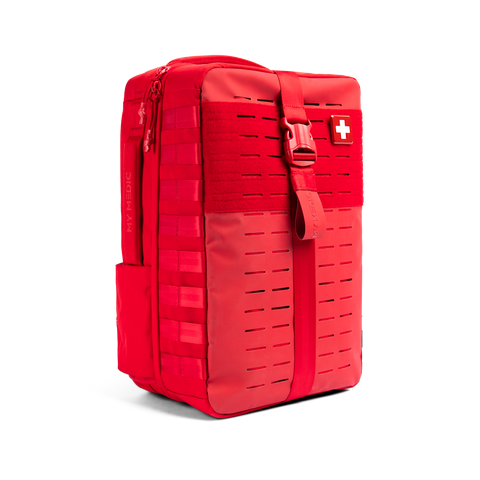 NEW ARRIVALS
NEW ARRIVALS
 BEST SELLERS
BEST SELLERS
 SUPERSKIN™
SUPERSKIN™
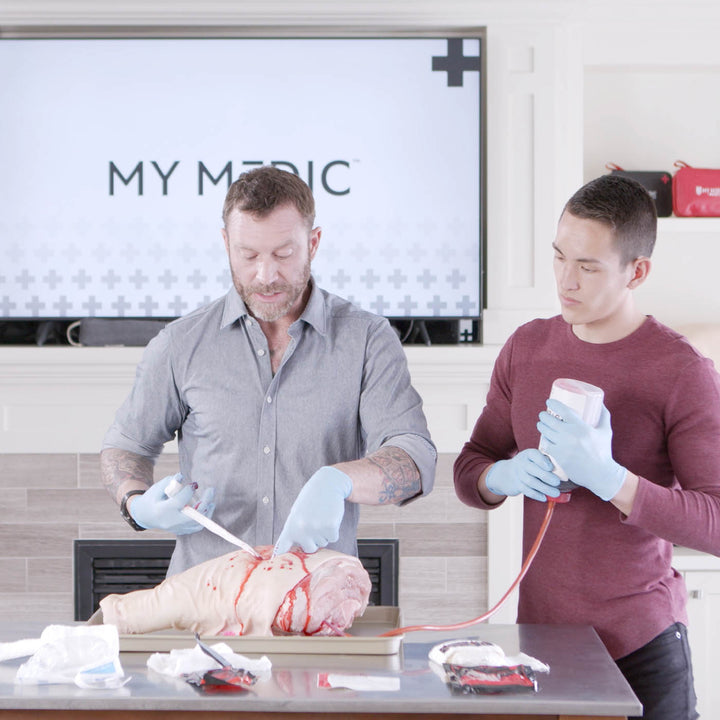 COURSES
COURSES
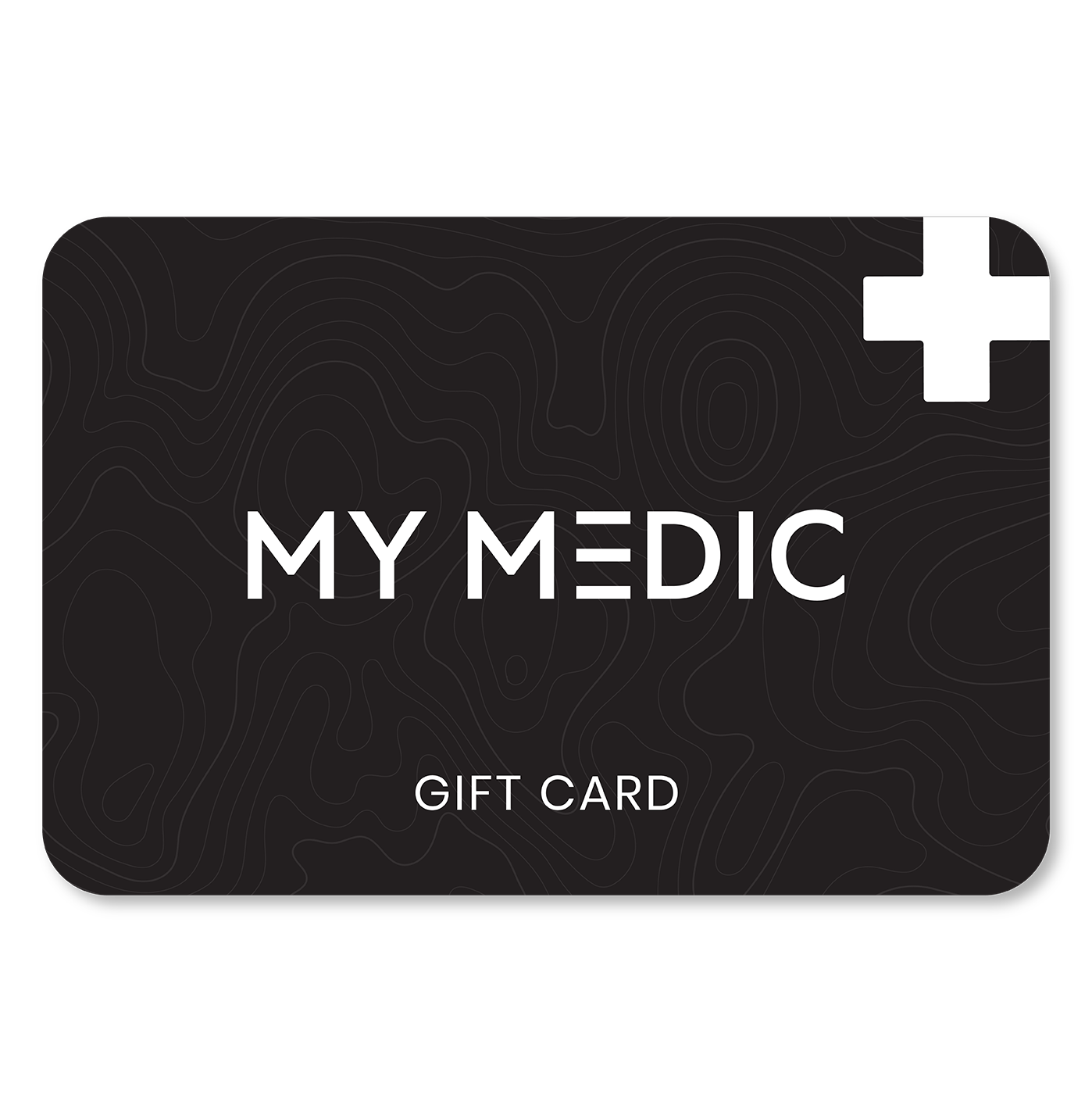 REWARDS
REWARDS
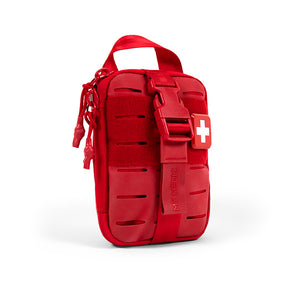 The MyFAK Collection
The MyFAK Collection
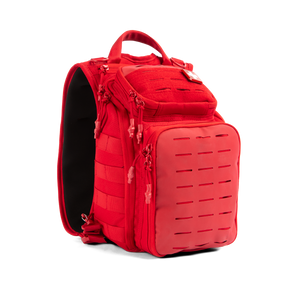 Specialty
Specialty
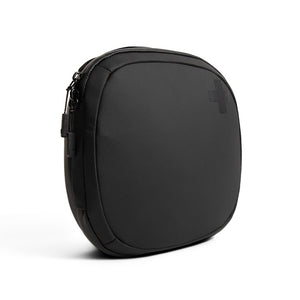 The Ready Collection
The Ready Collection
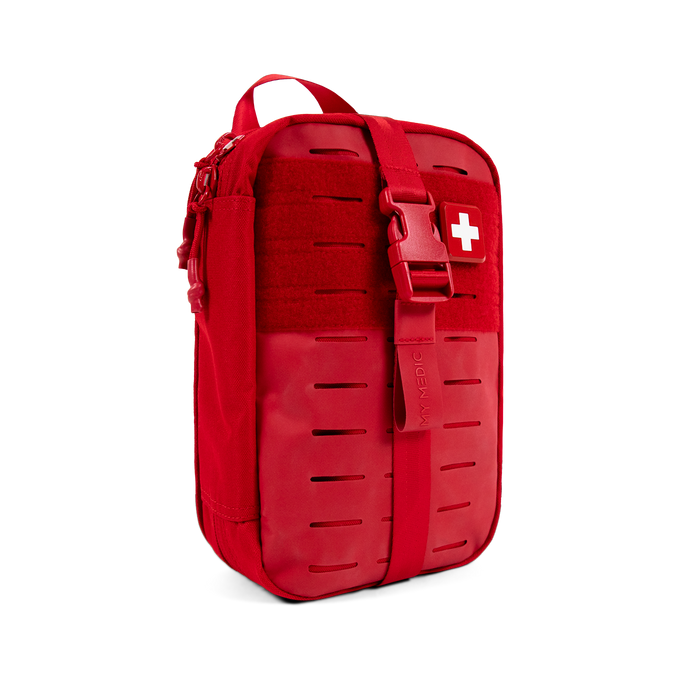
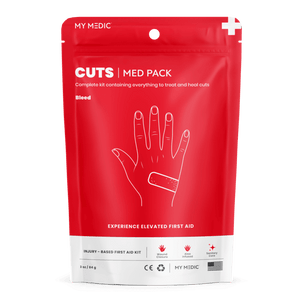 BLEED
BLEED
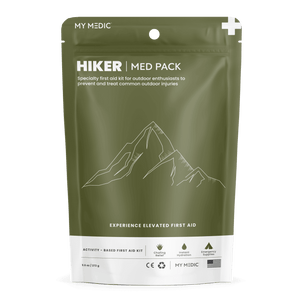 OUTDOOR
OUTDOOR
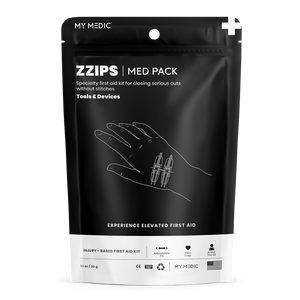 TOOLS & DEVICES
TOOLS & DEVICES
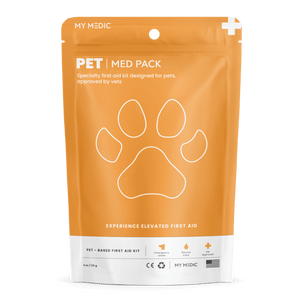 SPECIALTY
SPECIALTY
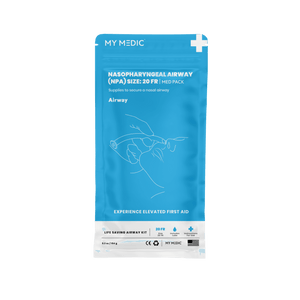 AIRWAY
AIRWAY
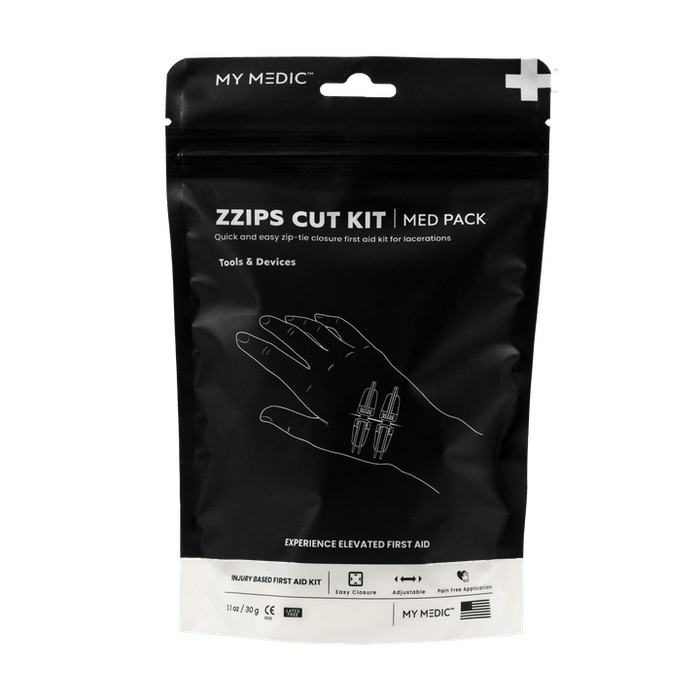
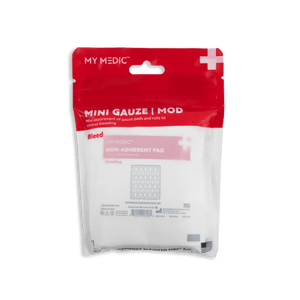 BLEED
BLEED
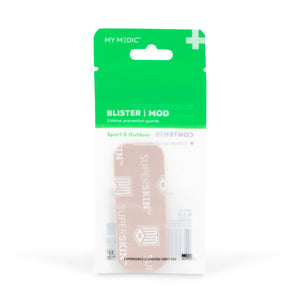 OUTDOOR
OUTDOOR
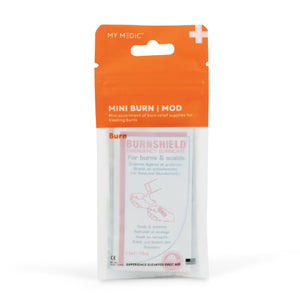 BURN
BURN
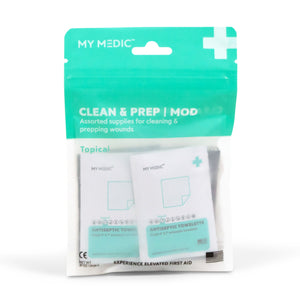 TOPICAL
TOPICAL
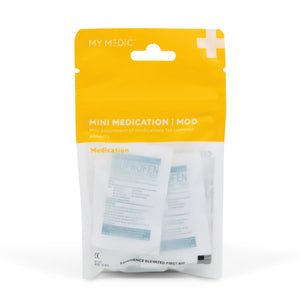 MEDICATION
MEDICATION
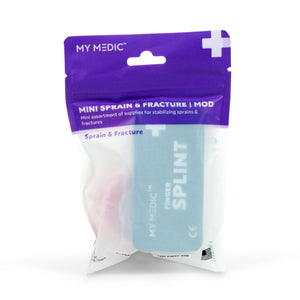 SPRAIN & FRACTURE
SPRAIN & FRACTURE
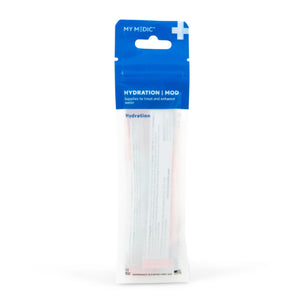 HYDRATION
HYDRATION
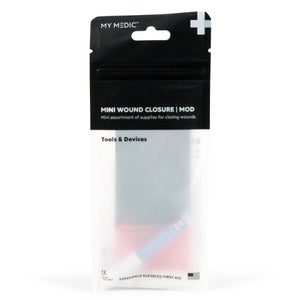 TOOLS & DEVICES
TOOLS & DEVICES
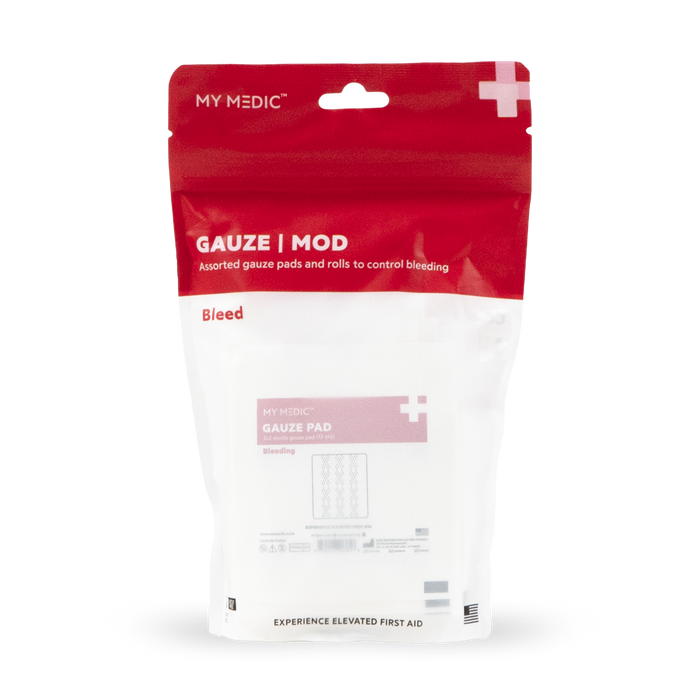
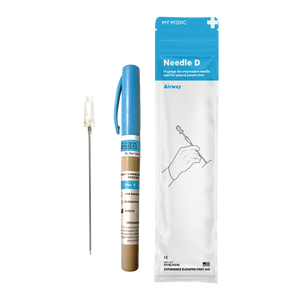 Supply Categories
Supply Categories
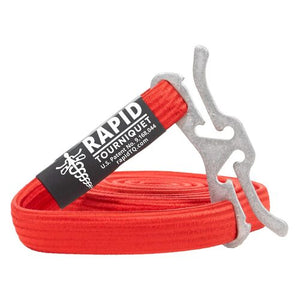 Top Sellers
Top Sellers
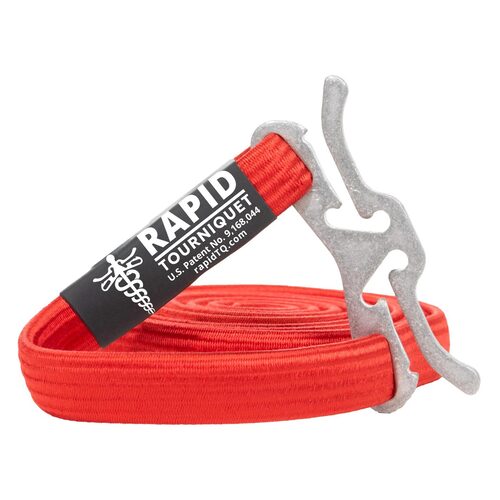






Hello
I would like to have a complete combat kit filled with stop bleeding kits for all types of gun shoot , hydration disinfectants and equipment to close wounds. Everything that you yourself would like to have if you were in a combat zone and no hospital’s close by, I will be looking for your ideas thank you.
———
My Medic replied:
Hey Ernest! If you want a kit that will cover everything under the sun, we recommend The Medic <https://mymedic.com/products/the-medic-portable-medical-kit>. If you want something a bit more budget-friendly, you could get the MyFAK Large <https://mymedic.com/products/myfak-large-first-aid-kit> or the Recon <https://mymedic.com/products/recon-first-aid-kit>. The most compact trauma kit would be the TFAK <https://mymedic.com/products/tfak-trauma-first-aid-kit>. Hope this helps!
How does this compare to the Celox in my blowout kit that uses a tube/plunger to inset blood stop powder/granules deep into a wound? Which is more efficient, faster, stops more bleeding, for a longer period? Which is removed easier, from the patient upon receiving advanced care?
Leave a comment